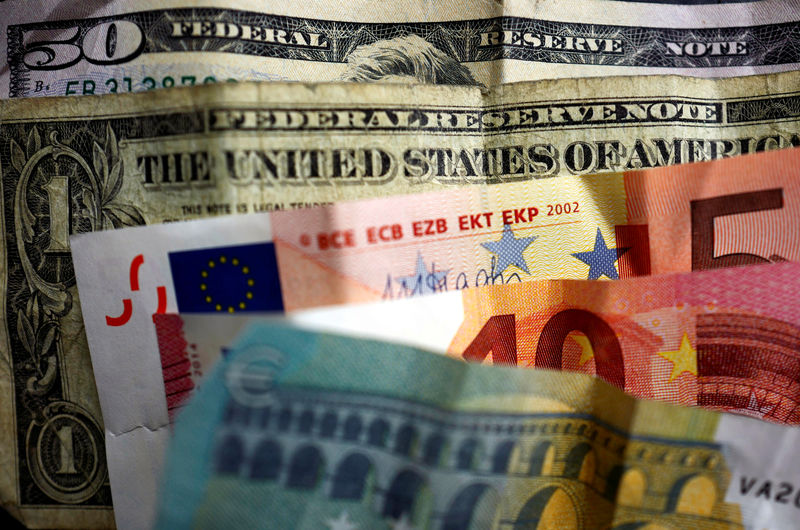
Investing.com– Most Asian currencies inched higher on Tuesday as investors cheered signals of more stimulus measures from China, while the Australian dollar fell sharply after the country’s central bank held rates steady and struck a less hawkish chord.
Gains in regional currencies were limited as investors were cautious ahead of a key U.S. inflation reading, which could provide more clues on the Federal Reserve’s rate outlook before it meets next week.
Australian dollar slips after RBA decision
The Australian dollar’s AUD/USD pair fell 0.7%, and was hovering near a four-month low after the Reserve Bank of Australia held interest rates steady at 4.35% in its December policy meeting, citing sticky underlying inflation and a tight labour market.
The central bank said some upside risks to inflation had abated, and that it was gaining more confidence that inflation was moving towards its target range. But it still expects inflation to only fall within its 2% to 3% target range by 2026.
The RBA’s comments were regarded as slightly less hawkish, especially as recent gross domestic product data showed growth slowed sharply in the September quarter.
ANZ analysts called Tuesday’s decision a “dovish step,” and reiterated their call that the RBA will begin cutting interest rates by May 2025.
Chinese yuan inches up on stimulus cheer
The Chinese yuan’s offshore USD/CNH pair fell 0.2% on Tuesday, while the onshore USD/CNY pair ticked up 0.1%.
China has committed to implementing more proactive fiscal stimulus measures and adopting moderately looser monetary policies in 2025, the government signaled during a Politburo meeting on Monday.
Other regional currencies caught some bids on hopes of improving economic activity in China. Focus was now on China’s Central Economic Work Conference, which is set to begin on Wednesday and is likely to offer more cues on planned stimulus measures.
But trade data from China underwhelmed. While the country’s trade balance rose in November, both exports and imports read weaker than expected.
The Singapore dollar’s USD/SGD pair fell 0.2%, while the Philippine peso’s USD/PHP pair was largely unchanged.
The South Korean won’s USD/KRW pair inched slightly lower after rising as much as 1% in the previous session. A slew of government measures aimed at stabilizing local markets helped alleviate some concerns over an ongoing political crisis in the country, which had battered the won in recent sessions.
The Thai baht’s USD/THB pair fell 0.3%, while the Indian rupee’s USD/INR pair was largely muted.
Dollar steady ahead of US inflation
The US Dollar Index, and the US Dollar Index Futures, were largely steady in Asia trade.
Market participants are cautiously awaiting consumer price index inflation data for November, due on Wednesday, to further gauge the Fed’s interest rate trajectory.
The Fed is expected to lower rates by 25 basis points in its December meeting, scheduled for next week.












